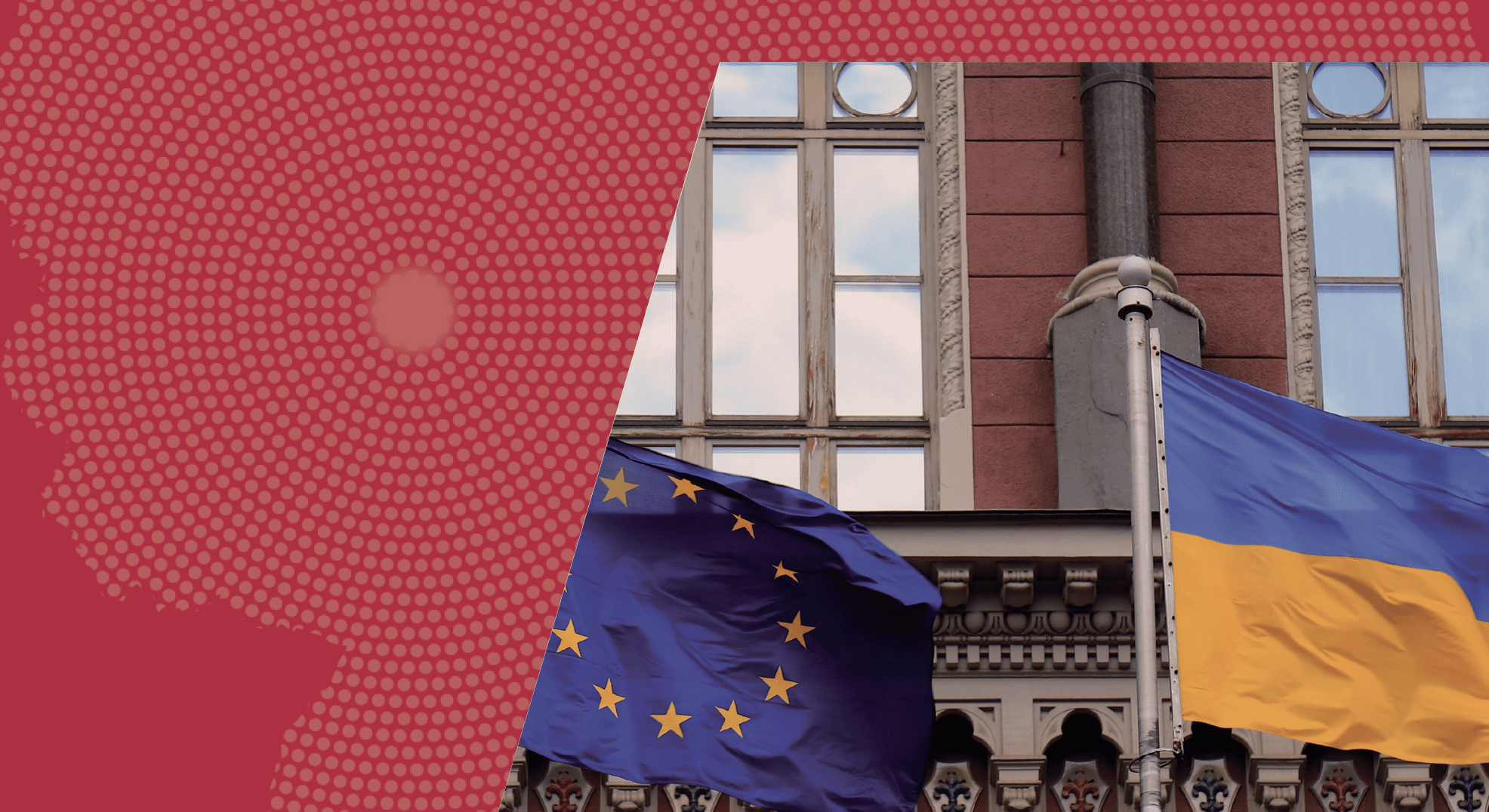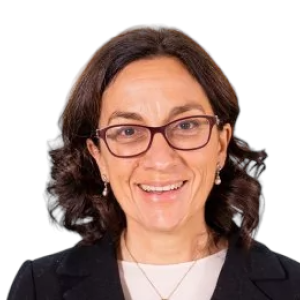Ukraine’s Reconstruction: Policy Options for Building an Effective Financial Architecture
It is now over two years since Russia launched its brutal full-scale invasion of Ukraine. Ever since those early days, a broad network of CEPR economists has been working intensively with colleagues in Ukraine and across the international research and policy communities to explore how to tackle the big economic challenges of the war and how to plan for the country’s post-war reconstruction.

-
FileCEPR_ukraine_s_reconstruction.pdf (4.05 MB)
It is now over two years since Russia launched its brutal full-scale invasion of Ukraine. Ever since those early days, a broad network of CEPR economists has been working intensively with colleagues in Ukraine and across the international research and policy communities to explore how to tackle the big economic challenges of the war and how to plan for the country’s post-war reconstruction.
This report, the latest contribution to the pressing debates surrounding Ukraine’s future, addresses a major precondition for the country’s reconstruction and development: a healthy and widely trusted financial system.
The team of authors – which combines leading Ukrainian economists with experts from CEPR’s Research Policy Network on European financial architecture – starts from the status quo of Ukraine’s banking and capital market, and suggests policy options for improving effectiveness and increasing international trust in the system.
The report is published in co-operation with the Institute for European Policymaking at Bocconi University
Report Launch
CEPR (European Financial Architecture RPN), the Leibniz Institute for Financial Research SAFE (Goethe University Frankfurt), and the IEP@BU (Bocconi University) organise and cordially invite you to attend the launch of the Report Ukraine Reconstruction: Policy Options for Building an Effective Financial Architecture on Monday, 29 April 2024 at 5 PM (CEST), 4 PM (BST) and 11 AM (ET). Click HERE for registration
IEP@BU does not express opinions of its own. The opinions expressed in this publication are those of the authors. Any errors or omissions are the responsibility of the authors.
